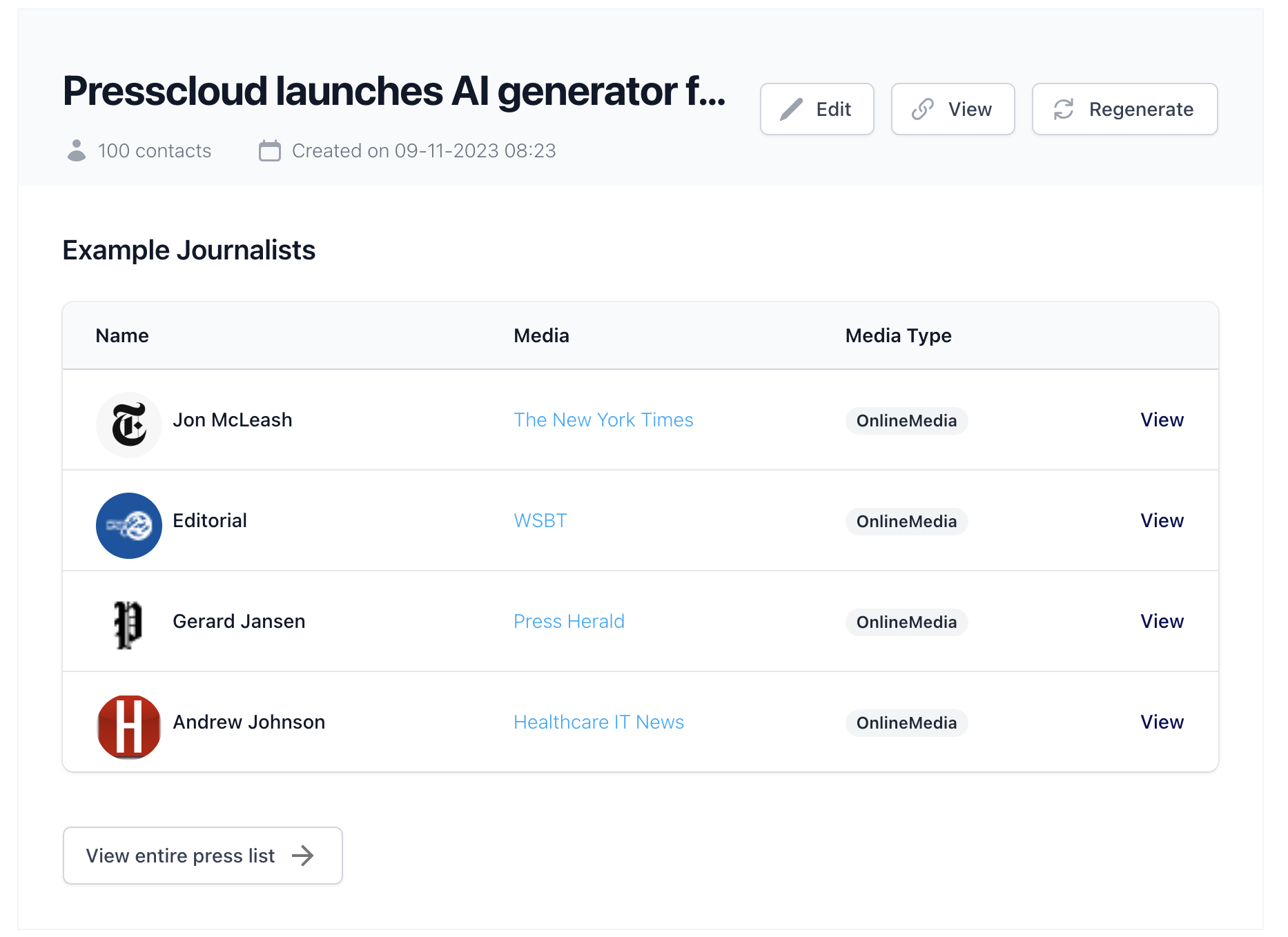Two tricks in pitching news: offering a message under embargo or pitching it exclusively somewhere. These tricks make sense. Here you can read more about them.
Embargo
A wonderful piece of jargon from the world of communication: an embargo. An embargo is an agreement between journalists and PR professionals about the moment when a message may be published. Note: not every media outlet adheres to embargoes anymore. An embargo is not something you impose; it's a request. Therefore, you have no rights if a journalist does not respect the embargo.
Why, then, communicate an embargo? So that the media have time to prepare for the news. If you share a message under embargo until Tuesday at 06:00 AM, the media have all the time to create a nice item or report. The handy thing about an embargo is that the news seems more current: apparently, the news 'happens' on Tuesday, the day of the embargo.
How does an embargo work in practice?
Typically, you call a journalist, pitch the news, and tell them about the embargo. The embargo also provides a good excuse to seek telephone contact: the news deserves a delicate handling, must not be leaked, and is therefore initially pitched by telephone.
After you've shared the news, you can contact them again to see if there is space and attention for the topic before the embargo expires.
Pitching Exclusive News
Newsrooms compete with one another for news. In fact, programs on the same public radio channel also fight a competitive battle amongst themselves. This is, to say the least, remarkable: in a joint house (channel), there is still no coordination of who may cover which topic.
By pitching a topic exclusively somewhere, you are giving a journalist a chance to outsmart the competition. This makes it more relevant to pay attention to the message you are sharing. In other words: the chance of a publication increases. The chance that other media will pick up the message decreases slightly. Still, journalists copy reports from other media. If you compare pitching exclusively with sending out to all journalists, the ROI is usually a bit higher in the latter case.
How does exclusive pitching work in practice?
Typically, you call a journalist, pitch the news, and tell them that you are laying down the story exclusively with their media outlet because you think it's a truly suitable match. Therefore, you would like to hear back, even if they aren’t interested in the news.
After you've shared the news, you can contact them again to check if there is space and attention for the topic. Once the journalist has delivered the news, you are then allowed to send the message to all other media outlets.
Conclusion
Pitching news exclusively or under an embargo helps to make a message more attractive to journalists. If you doubt whether content is newsworthy enough, it's best to pitch it exclusively to one media outlet. An embargo can create a moment ('a decisive moment') that makes the news more current. Use these PR techniques to your advantage!

